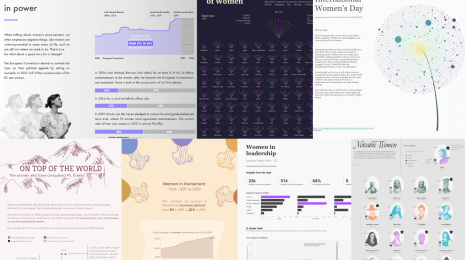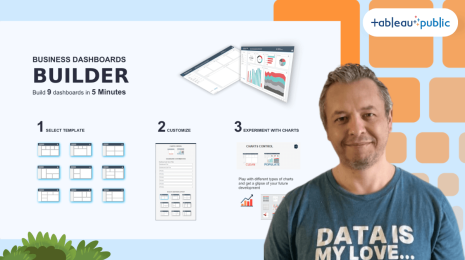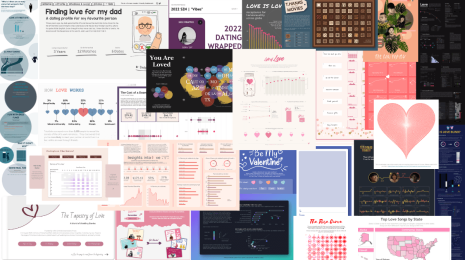Sometimes One Number Tells the Whole Story
Having powerful tools can sometimes be a problem. It can encourage us to overcomplicate what should be a simple task.
When finding business value in your data, you should be ready to hold back and remember the KISS acronym: Keep it simple, stupid. At its extreme, it might be that a single number is the best way to communicate a message to your business.
Ben Jones, who heads Tableau Public, asked this great question on Twitter:
Curious, what's your preference of these 4 ways to show Uber v Taxi wages? Know a better way? https://t.co/OQEwJasmNF pic.twitter.com/NVSq1HXEQQ
— Ben Jones (@DataRemixed) January 27, 2015
This is a great question and his examples are all valid. A long conversation followed with people arguing the case for and against each view. Then along came Matthew Jesser with this comment:
@DataRemixed if city-specific comparison is not needed, then why over-complicate? pic.twitter.com/S57xID5UDE
— Matthew Jesser (@mattjesser) January 27, 2015
Matthew’s point is excellent. It is vital to step back and consider what the question you are trying to answer is and how best to answer it. Matthew’s single number is, hands down, the best way of answering a specific question. We needn’t overcomplicate things; a single number might suffice.
Matthew’s idea was inspired by an excellent post by Cole Nussbaumer titled "Storytelling with Data."
Let’s see a few examples of this in action. I checked out some recent selections from Viz of the Day, the best place to find varied and interesting applications of data analysis.
The first example, from La Nación, is a viz about Argentine companies holding funds in the Swiss branch of HSBC. Notice how the first data in the view is simple numbers, with details below. The numbers speak for themselves.

Another example is Curtis Harris’s great analysis of Marvel Comics. The top of his dashboard is just three numbers. There are details below, but the numbers themselves communicate the most relevant information.

I cannot tell you what is right for your business analysis. All I can say is that it depends on your question and your data. What you should do, though, is iterate through as many views of your data as possible in order to find the best one for your question.
For much more on choosing effective visualisations, check out our visual analysis guidebook. Or, to see an example of cycling through views to find the best one, check out my post on gravyanecdote.com.
Historias relacionadas
Suscribirse a nuestro blog
Obtén las últimas actualizaciones de Tableau en tu bandeja de entrada.








